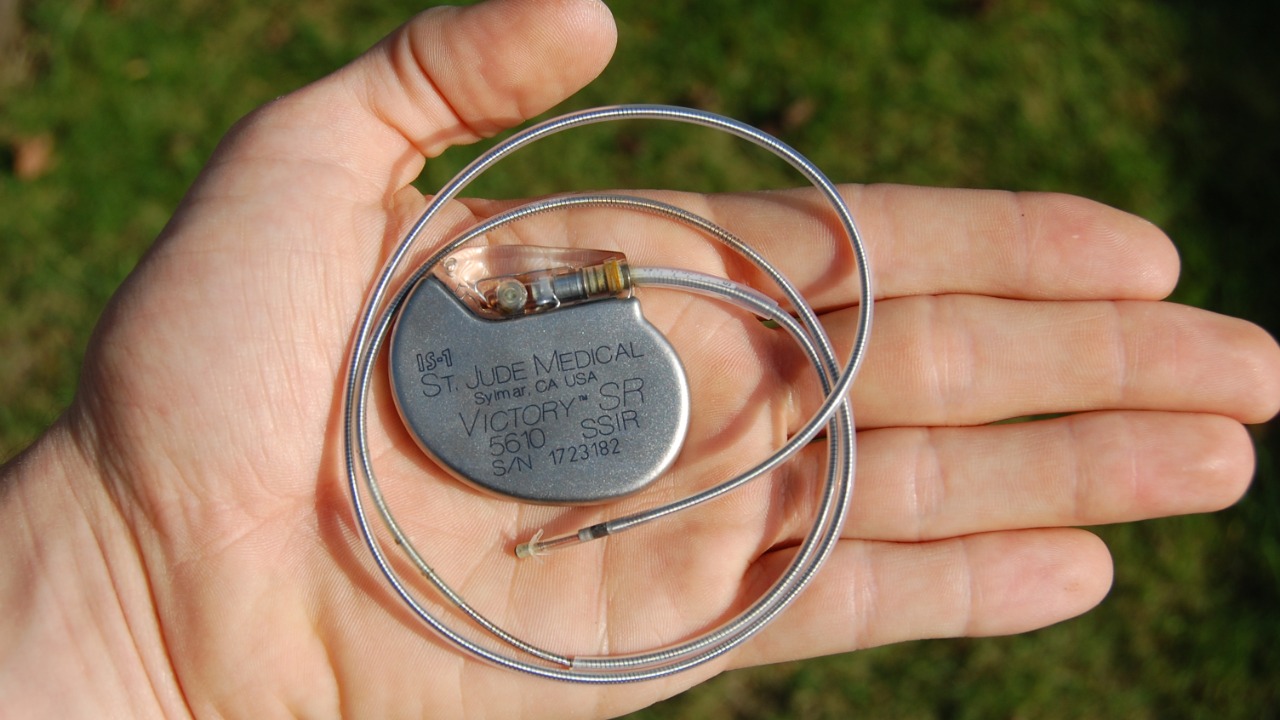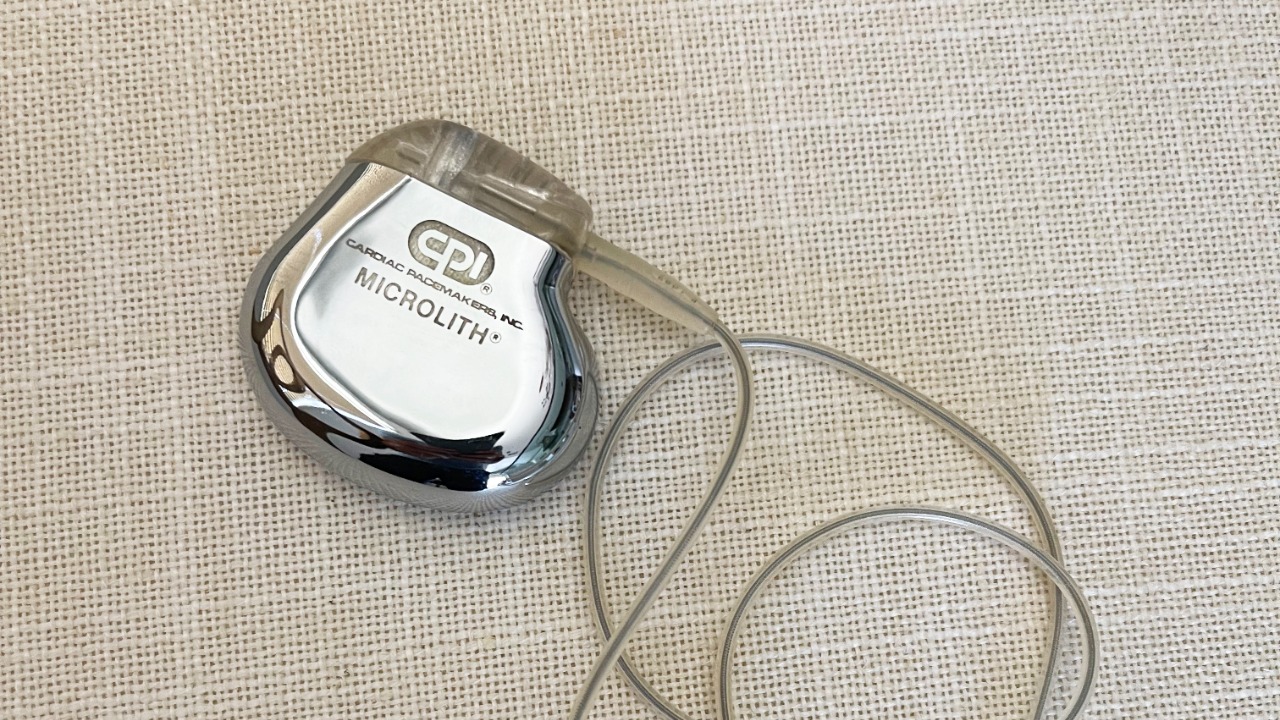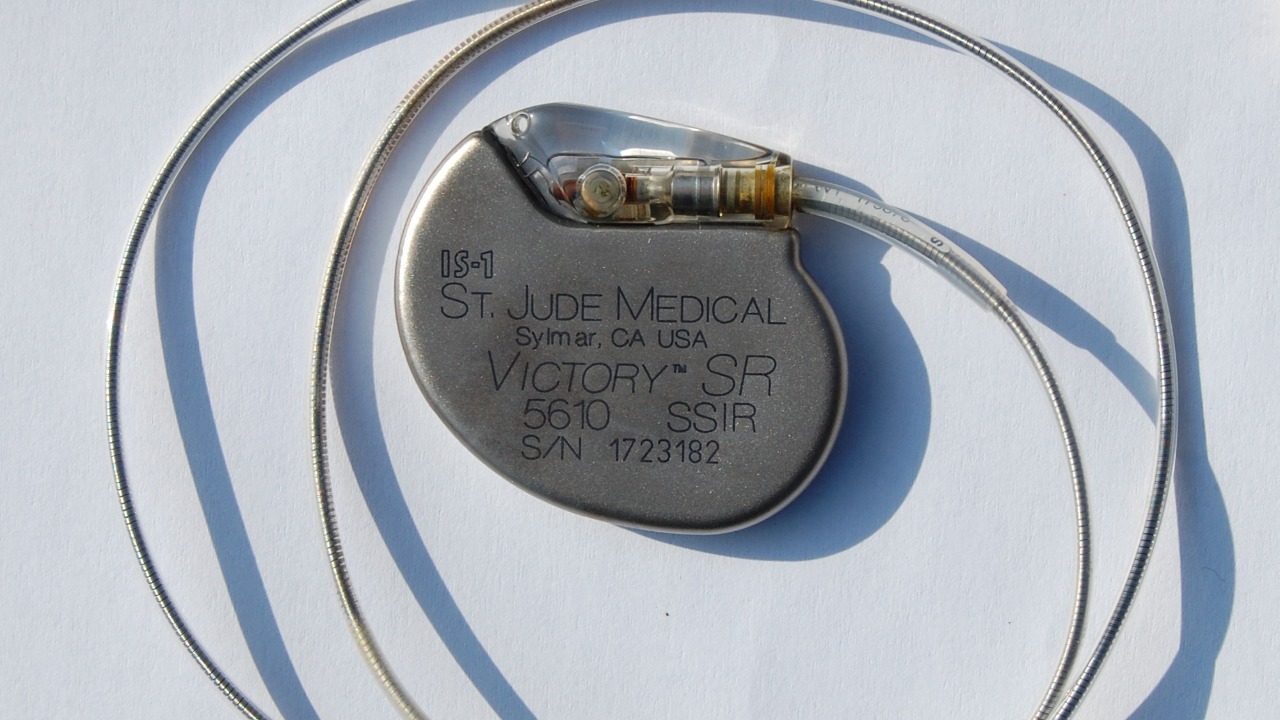
As we witness the rapid advancement of technology, lifesaving devices such as connected pacemakers and other medical implants are also evolving. However, with this evolution comes the susceptibility to potential threats that could compromise patients’ health and safety if not properly addressed.
Understanding Connected Pacemakers and Implants

Connected pacemakers and implants have undergone significant evolution over the years. These devices, once standalone units, have now become interconnected, leveraging advanced technology to optimize their performance and patient monitoring. They play a crucial role in modern healthcare by treating a wide range of conditions, from heart rhythm disorders to Parkinson’s disease and severe depression. For instance, a pacemaker regulates the heartbeat of a person with an irregular heart rhythm, while a brain implant may control the symptoms of Parkinson’s disease.
These devices have not only transformed the way we approach treatment, but also significantly improved patients’ quality of life. However, the connectivity aspect also brings a new set of challenges and risks, especially in the realm of cybersecurity and patient data privacy.
The Hidden Database of the FDA

The U.S. Food and Drug Administration (FDA) maintains a hidden device database that provides invaluable insights into the performance and potential risks associated with various medical devices, including connected implants. The FDA’s hidden device database has unveiled several notable findings related to connected pacemakers and implants, such as device malfunctions and adverse patient outcomes.
For instance, the database has recorded instances of pacemaker malfunctions leading to inappropriate shocks or pacing, which could be life-threatening for patients. Such information underscores the need for continuous monitoring and risk mitigation strategies to ensure patient safety.
The Risks: Beyond the Clinical

Connected pacemakers and implants come with non-clinical risks as well, most prominently cybersecurity threats. As these devices become more interconnected, they become more vulnerable to hacking, potentially allowing unauthorized individuals to gain access to sensitive patient data or even manipulate device operations.
There have been real-world incidents of these risks materializing. For instance, in 2017, the FDA confirmed that certain implantable cardiac devices were vulnerable to hacking. While no patient harm was reported, the incident highlighted the need for robust cybersecurity measures in the development and operation of these devices.
Revolutionary Yet Risky: The World’s Smallest Pacemaker

The world’s smallest pacemaker, developed by researchers, is a revolutionary device with significant potential benefits. This pacemaker is small enough to be inserted through a vein and does not require surgical implantation. It could be a game changer for newborn babies with heart defects, as reported by The Smithsonian.
However, despite its potential benefits, this device also harbors risks. The primary concern is the device’s small size, which could make it more difficult to extract if a problem arises. Additionally, as a novel technology, its long-term performance and potential complications remain largely unknown.
The NIH Cuts and Their Impact on Patients

The National Institutes of Health (NIH) has been instrumental in funding research and development of experimental brain implants. However, recent cuts to NIH funding have threatened this critical work. These cuts potentially expose patients to hidden risks, as less funding could mean less thorough testing and oversight.
As reported by WHEC, patients with experimental brain implants face a hidden crisis due to these cuts. The reduced funding could lead to a decline in the quality of research, potentially resulting in less effective and potentially riskier devices being introduced into the market.
Mitigating the Risks: Steps Forward

Despite the risks associated with connected pacemakers and implants, there are strategies and procedures in place to manage these risks. These include rigorous pre-market testing, continuous post-market surveillance, and strict regulatory oversight. Healthcare providers also play a critical role in mitigating risks by closely monitoring patients and promptly responding to any signs of device malfunction or adverse events.
However, there is always room for improvement. Enhanced cybersecurity measures, more comprehensive device testing, and increased transparency in reporting device performance and adverse events are just a few potential advancements that could further bolster patient safety and security in the era of connected medical devices.